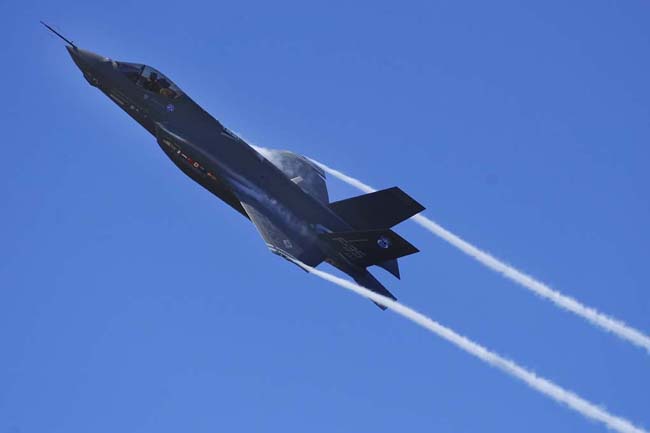It’s  become clear that lawmakers are becoming increasingly irate that Defense Secretary Robert Gates has issued a budget proposal with striking force structure changes across the board, but particularly for the Air Force, without providing evidence of studied analysis and review. At one point last week at the House Armed Services air-land forces panel hearing on Air Force modernization, chairman Neil Abercrombie (D-Hawaii) declared that the 2010 defense budget has “serious policy implications” for future force structure and yet the “request did not include any information or data regarding plans, programs, or budgets for Fiscal Year 2011 and beyond.” Rep. Roscoe Bartlett (R-Md.), ranking member of the panel, suggested, “It appears to me that in many cases, funding limitations in the FY 2010 budget topline were the sole driver in major policy decisions.” Abercrombie noted the “significant changes” to Air Force modernization programs. He and other lawmakers expressed concern about decisions that arbitrarily ends F-22 production, that bank much of the nation’s tactical air capability on an unproven F-35, that shed some 250 legacy fighters earlier than anticipated and without Congressional consultation, that cancel the combat search and rescue helicopter replacement program, and that undercuts the Joint Cargo Aircraft program. Bartlett asserted: “We can’t see the strategy. We can’t see the assumptions. We can’t see the plan for the out years.” Rep. Eric Massa (D-N.Y.) went further, describing that hearing and others as “a series of testimonies that can only lightly be described as incredible Pentagon double talk.”
become clear that lawmakers are becoming increasingly irate that Defense Secretary Robert Gates has issued a budget proposal with striking force structure changes across the board, but particularly for the Air Force, without providing evidence of studied analysis and review. At one point last week at the House Armed Services air-land forces panel hearing on Air Force modernization, chairman Neil Abercrombie (D-Hawaii) declared that the 2010 defense budget has “serious policy implications” for future force structure and yet the “request did not include any information or data regarding plans, programs, or budgets for Fiscal Year 2011 and beyond.” Rep. Roscoe Bartlett (R-Md.), ranking member of the panel, suggested, “It appears to me that in many cases, funding limitations in the FY 2010 budget topline were the sole driver in major policy decisions.” Abercrombie noted the “significant changes” to Air Force modernization programs. He and other lawmakers expressed concern about decisions that arbitrarily ends F-22 production, that bank much of the nation’s tactical air capability on an unproven F-35, that shed some 250 legacy fighters earlier than anticipated and without Congressional consultation, that cancel the combat search and rescue helicopter replacement program, and that undercuts the Joint Cargo Aircraft program. Bartlett asserted: “We can’t see the strategy. We can’t see the assumptions. We can’t see the plan for the out years.” Rep. Eric Massa (D-N.Y.) went further, describing that hearing and others as “a series of testimonies that can only lightly be described as incredible Pentagon double talk.”
RTX, parent of Raytheon, Collins and Pratt & Whitney, is getting out of the space prime business and focusing on its "strengths" as a maker of space sensors, buses, and components, company COO Chris Calio said during an earnings call.